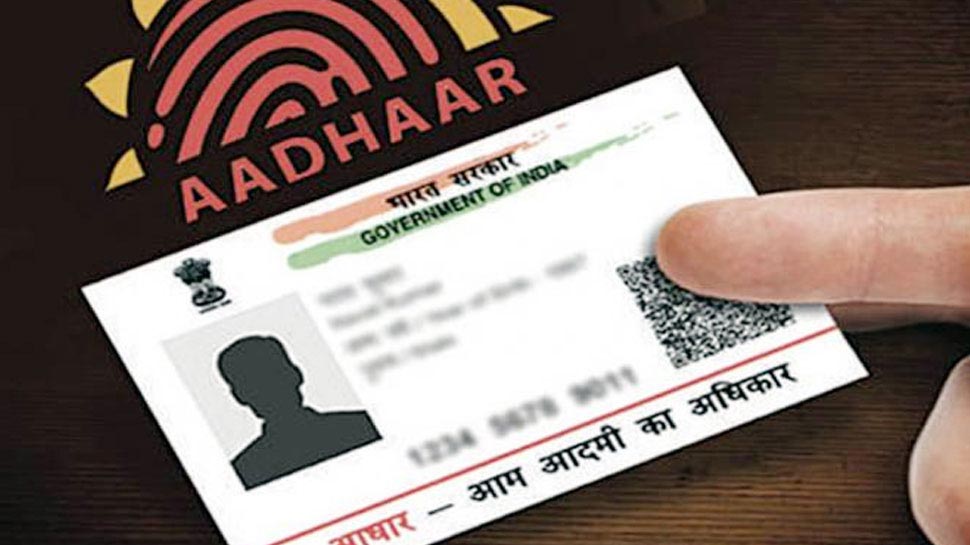Aadhaar and the Right to Privacy in a Digital India

In late August of 2017, the Supreme Court of India unanimously declared that the right to privacy is an intrinsic and fundamental right enshrined within the nation’s constitution; this ruling grants 1.34 billion individuals a right to their privacy and will thus certainly play a prominent role in shaping the future legal landscape of the world’s largest democracy. The case reached the national stage due to mounting concerns that Aadhaar, the Indian government’s biometric identification program, violates individual informational privacy rights and could be misused by third parties.
Aadhar, which initially aimed to address the issue of benefit fraud, has grown exponentially in its scope. Since the program was implemented, Indians have been required to use their individual 12-digit unique ID number (UID) to operate bank accounts, sell property, obtain loans, and even secure a phone line. Unlike social security numbers in the US, however, both government agencies and private organizations in India have unregulated access to the UIDs. In recent times, concerns about privacy have been exacerbated by a series of intelligence breaches; the Centre for Internet and Society in May reported that the information of 135 million Indians had been leaked online. Furthermore, in July 2017, 210 Indian central and state government agencies released the full names, addresses, and UIDs of welfare recipients. In the same vein, early August saw the government of Punjab accidentally expose the information of over 20,000 individuals on its own website.
In order to assuage concerns regarding the potential leakage of personal information, the Unique Identification Authority of India (UIDAI) on April 1st, 2018 launched the concept of a 16-digit, randomly generated virtual identification (VID) for Aadhaar card holders. This new, multi-layered identity authentication system will allow individuals to provide their VID number in lieu of their unique Aadhaar ID, in order to protect their anonymity and privacy rights. In theory, this system represents an improvement; however, the Supreme Court has questioned the practicality and ease of implementation of the VID scheme, particularly in rural areas, where it would be difficult for individuals to log onto the internet and generate a VID whenever they needed to utilize a service that required them to verify their identity with Aadhaar. It remains to be seen whether the UIDAI is simply complicating the process further and making the Aadhaar scheme more difficult for individuals to understand and adopt, or whether this additional step will actually serve as a safeguard against digital vulnerability and misuse of personal data.
It is true that the nation-wide implementation of Aadhaar on all levels of society has proven beneficial, in that it has allowed India to make significant strides in financial inclusion: the number of Indians with bank accounts has increased by 25% since 2011, and the number of zero-balance or unused accounts has also been declining gradually. That being said, however, it is important to note that wide authentication failure has also been reported across India. Even in a city like Hyderabad, 66% of households reported issues with one or more of the five technological aspects of the Aadhaar system: the seeding of Aadhaar numbers, which is the process of linking an individual’s Aadhaar number with other official government documents such as the PAN card and voter ID, Point of Sale (PoS) machines, which are devices installed in ration shops intended to authenticate fingerprints, remote Aadhaar servers, which store PoS and ration data online, fingerprint recognition software at large, and a working internet connection. Moreover, given that fingerprints are subject to wear and tear, particularly those of the elderly and individuals working in agriculture and hard physical labor, authentication failure largely affects disadvantaged and impoverished groups. Thus, the individuals who are most in need of government support are often the same individuals who are excluded from government welfare schemes, as they are unable to collect their rations and subsidies.
Going forward, it is necessary that the Supreme Court weigh the potential benefits of linking Aadhaar with banking services, voter registration, welfare schemes, and telecom services against the costs of authentication failure, high exclusion rates of welfare schemes in rural areas, and, most importantly, the potential misuse of data and the violation of individual privacy rights. However, regardless of whether or not the Aadhaar program is declared constitutional, it is clear that legal reform is necessary when it comes to digital privacy rights in India. If the Modi government does indeed have a vision of a digital India and a nation that embraces technology at every point in its development strategy, it follows that the government must also reform existing legislation such that it reflects this pivot towards digitalization and provides the necessary framework to support and protect the privacy of Indian citizens.
Adithi Sanjay is a staff writer for India Ink and a sophomore at the Georgetown University School of Foreign Service.